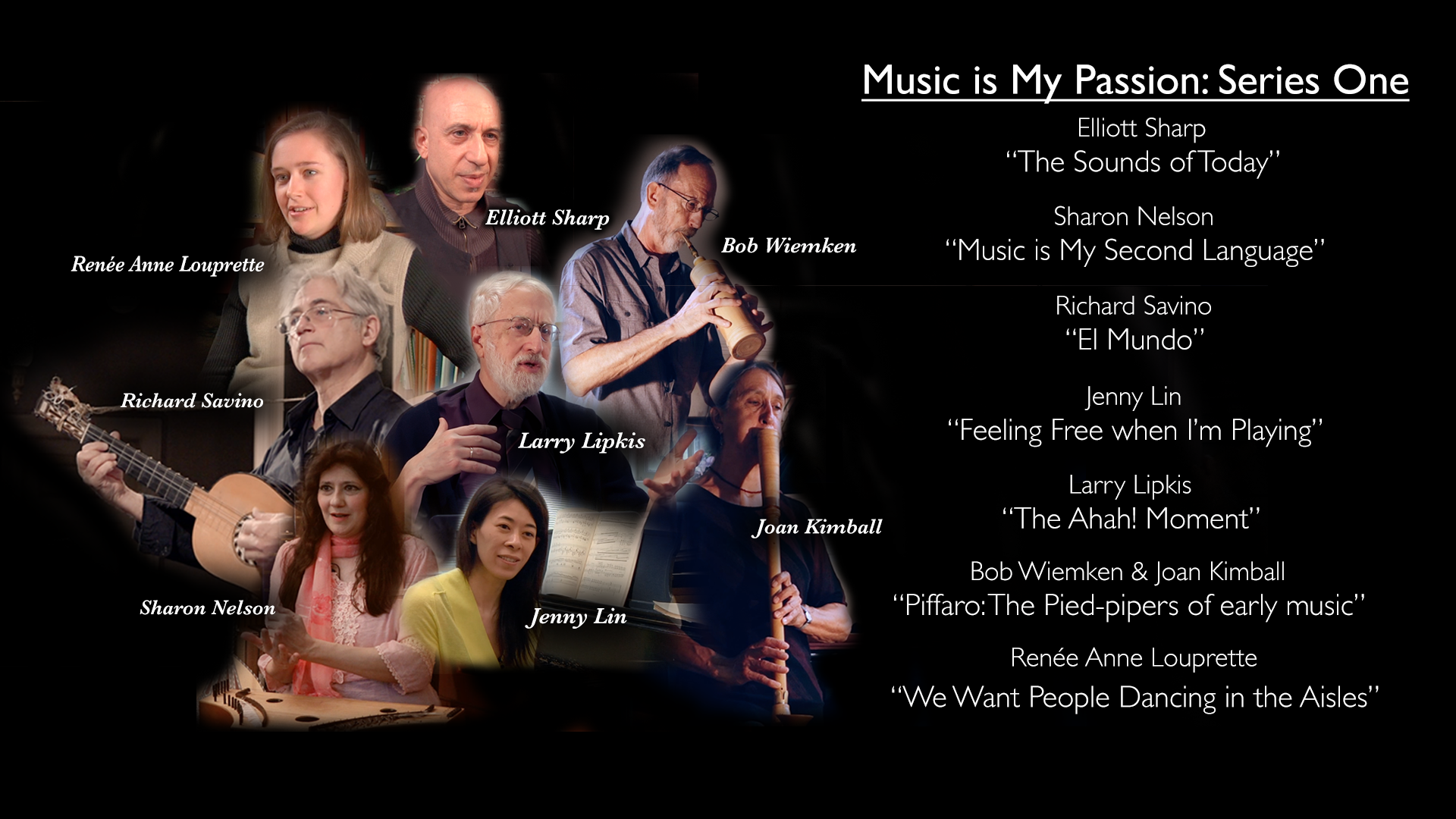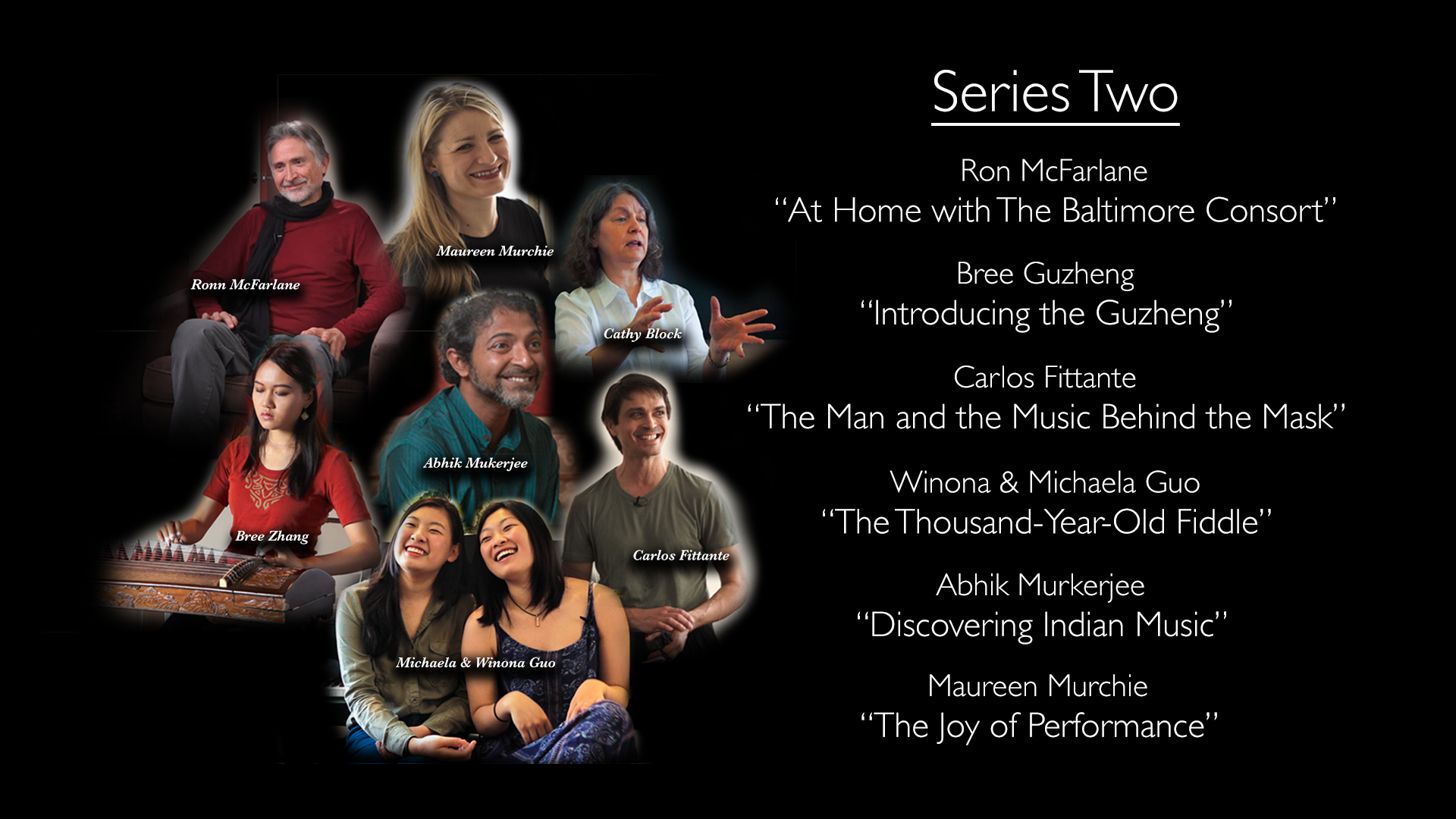A collection of fourteen short films
Directed by Bert Shapiro
- “Music is My Passion” eloquently shows the joyful value of music for people of all ages and experiences.
- Hear instruments – ancient, classic, and newly-minted – from humble flutes to a majestic church organ.
- Watch musicians performing their best interpretations of traditional sounds, and experimenting with new ones.
- The 14 films, viewable in any order, cover a wide and interesting range, from a group enjoying their friendship performing early music and singing in a private home, to the experimental Elliott Sharp doing varied and wonderful musical work around the world.
Rarely seen and heard…

The Crumhorn
The Crumhorn is a musical instrument that was popular during the 16th and 17th centuries. It is similar to the recorder, another instrument from the renaissance period that is still popular today, and shaped like the modern oboe. The main difference is that the end of the Crumhorn curves upward and backwards, so that it is shaped like the letter “J”. The crumhorn was primarily used to play popular folk music throughout western Europe.

The Dulcian
The Dulcian is the predecessor of the modern day Bassoon. The player blows air through vibrating reeds into a long, hollow pole to amplify the sound. It was one of the most popular European instruments from mid 16th into most of the 17th centuries. The Dulcian was carved from wood into four different sizes, each accommodating it’s own range of notes, from very high to very low. In general, this instrument was known for its’ rich, robust, and sweet sounds.

The Erhu
The Erhu, which is often called the Chinese Fiddle in the western world, is a two stringed bowed musical instrument that can be played as a solo instrument or used as part of a musical ensemble. While it’s origins date back to 600 AD, it is still used today in both traditional Chinese music and western classical and popular music.
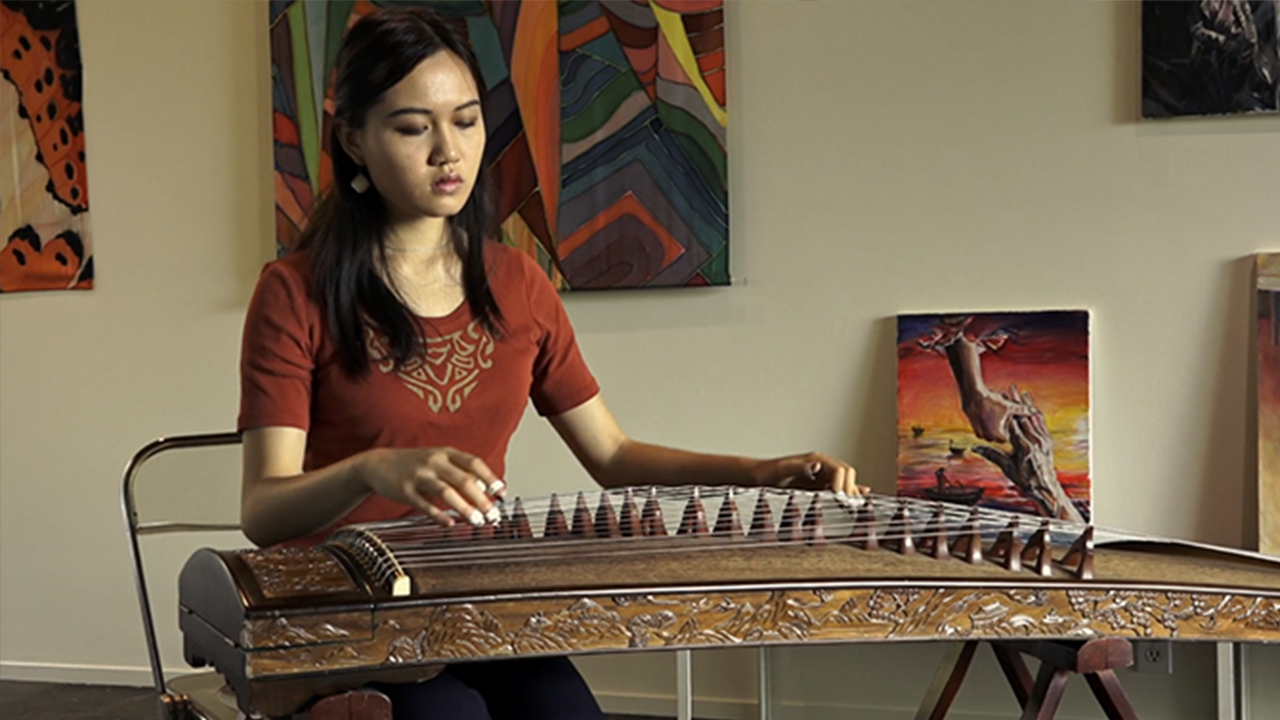
The Guzheng
The Guzheng, or Zheng, for short, is also known as the Chinese Zither. This musical instrument has been around for 2,500 years, and can have anywhere from 16 to 21 strings, that can be plucked or strummed. The modern Guzheng is still predominatly used to play traditional chinese music, complete with it’s own notation, which is different from music written for western instruments.

The Harpsichord
The Harpsichord is one of the few musical instruments from the days of early music, particularly from the baroque era, that is still in regular use today. Many compositions were written specifically for the Harpsichord, and today’s audiences can enjoy listening to how they were meant to be heard. While the modern piano was developed from the harpsichord, it has not replaced it as western music evolved. It shares the same keyboard with the piano, and is played in a similar fashion, but it’s sound is quite unique.

The Lute
Any musical instrument that has a neck connected to a hollow sounding board, similar to an acoustic guitar in shape, can be called a lute. The difference between a lute, and a guitar or banjo, is that the lute comes in many sizes, mostly smaller, and the number of strings often vary. The Lute is probably the most famous instrument used by wandering minstrels during the Renaissance era. They were portable, and most often used to play popular songs of the day.

The Mandolin
A mandolin is a small stringed instrument of Italian origin. There are many styles of mandolin, but three are common, the Neapolitan or round-backed mandolin, the carved-top mandolin and the flat-backed mandolin. Each style of instrument has its own sound quality and is associated with particular forms of music.

The Pipe Organ
The pipe organ is a musical instrument that produces sound by driving pressurized air (called wind) through the organ pipes selected from a keyboard. Pipe organs are installed in churches, synagogues, concert halls, schools, other public buildings and in private properties. They are used in the performance of classical music, sacred music, secular music, and popular music.
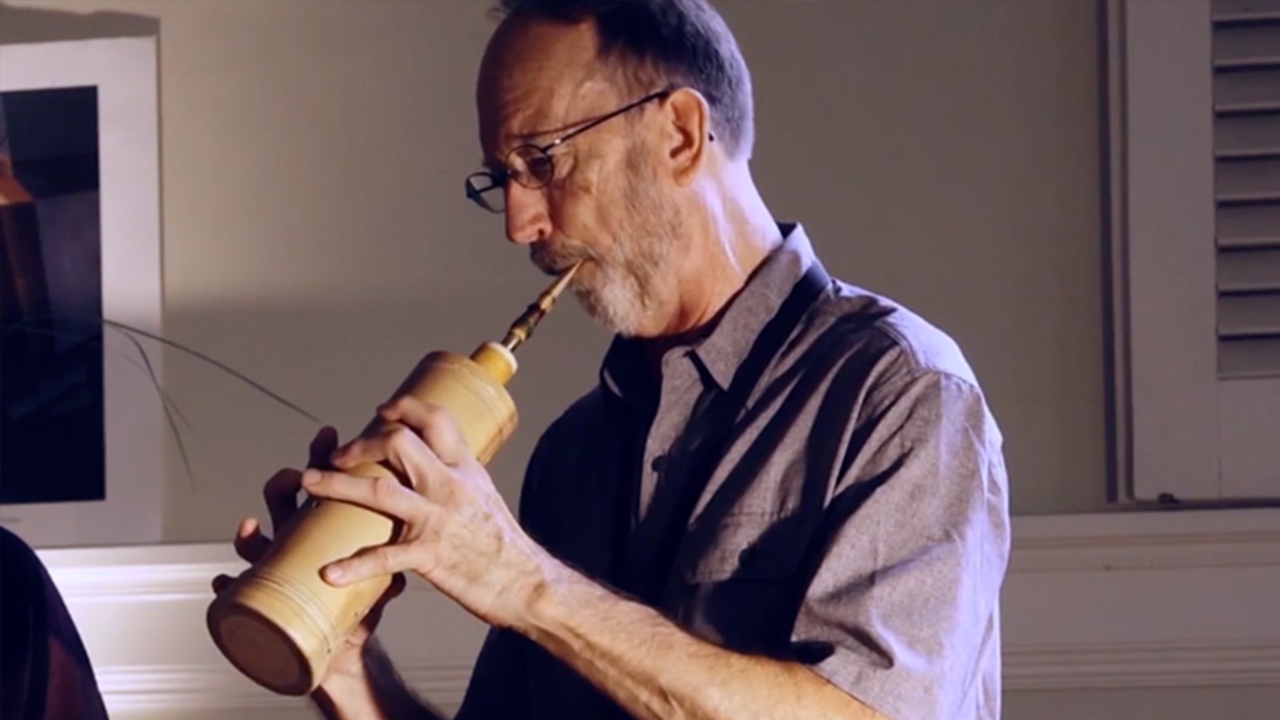
The Rackett
There is no contemporary musical instrument that sounds or looks like the Rackett, although it basically functions like a modern Bassoon. The sound is resonated in a chamber that resembles a fat sausage. It was very popular in the 17th century, and has a unique rumbling sound that compliments other instruments of the Renaissance era.

The Sackbut
The Sackbut (which literally translates from French into “push-pull”) is a brass instrument that eventually evolved into the modern day Slide Trombone. The use of a double slide piece that could vary the length of the tube determining the pitch, presented a new way to make musical sounds. It was probably not the first instrument to use some sort of a slide, but it became the most popular in the 14thand 15th centuries, particularly among Royal Court musicians. It remained popular as it began transferring into the trombone.
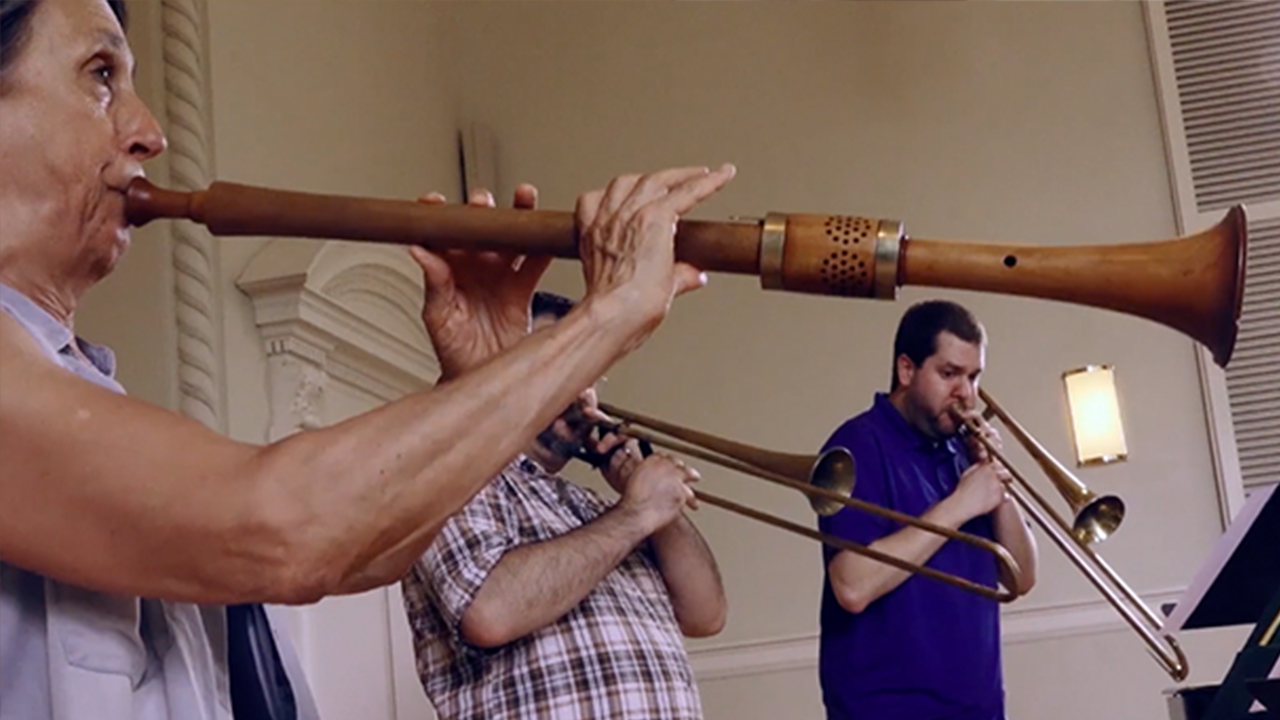
The Shawm
This instrument dates back to the 12th Century, and probably found it’s origins in the Middle Eastern area of Eurasia. It is a precursor to the modern day Oboe. By the late Medieval and Renaissance periods, it was very popular in all of Western Europe. Since it was one of the louder instruments of the day, it was mostly used outdoors, often to accompany ceremonies or dancing. As it continued to be modified, it eventually gave way to early versions of Oboes that contributed to what we now call Baroque Music.

The Sitar
The sitar is a plucked stringed instrument, originating from the Indian subcontinent, used in Hindustani classical music. The instrument flourished under the Mughals, and it is named after a Persian instrument called the setar (meaning three strings).
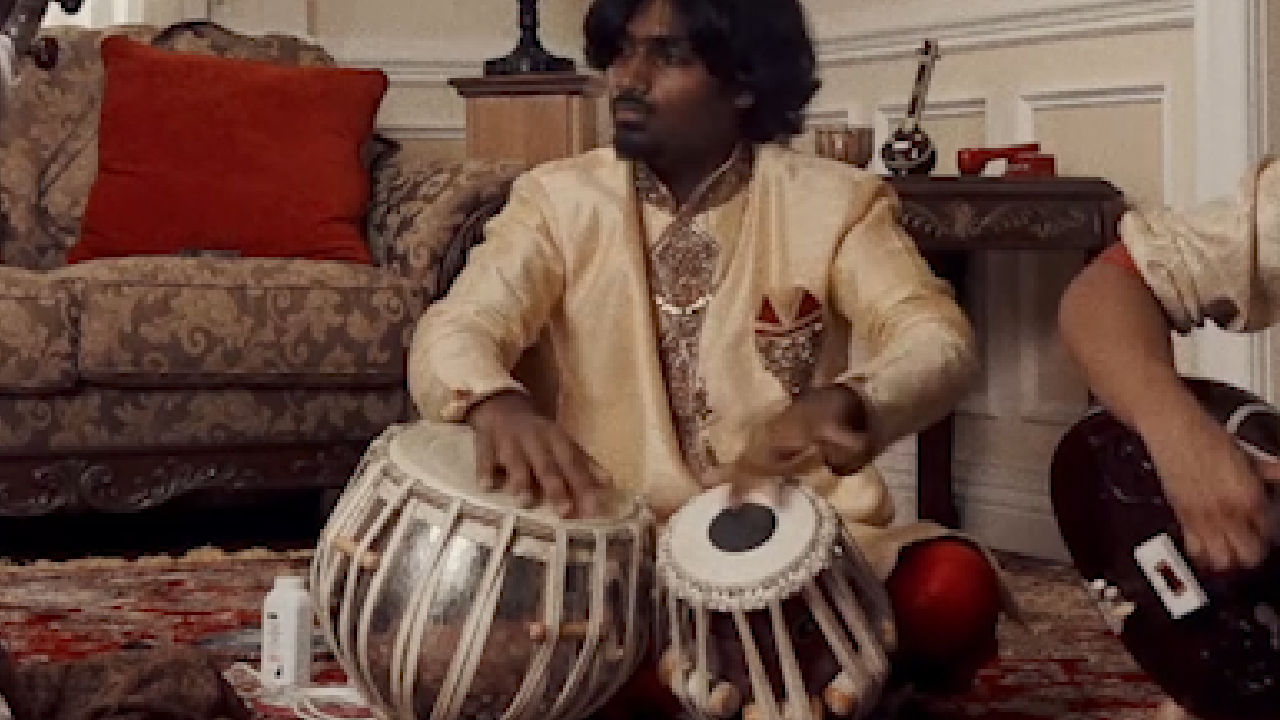
The Tabla
The tabla is a membranophone percussion instrument originating from the Indian subcontinent, consisting of a pair of drums, used in traditional, classical, popular and folk music. It has been a particularly important instrument in Hindustani classical music since the 18th century, and remains in use in India, Pakistan, Afghanistan, Nepal, Bangladesh, and Sri Lanka.

The Theorbo
The Theorbo is perhaps the largest instrument in the Lute family. It has 14 strings, and a very long neck. It was developed in the late 16th century, and remained very popular during the next two centuries, throughout all of western Europe. The strings can be plucked or strummed with one hand, while fingers press on the strings with the other hand, creating different notes.
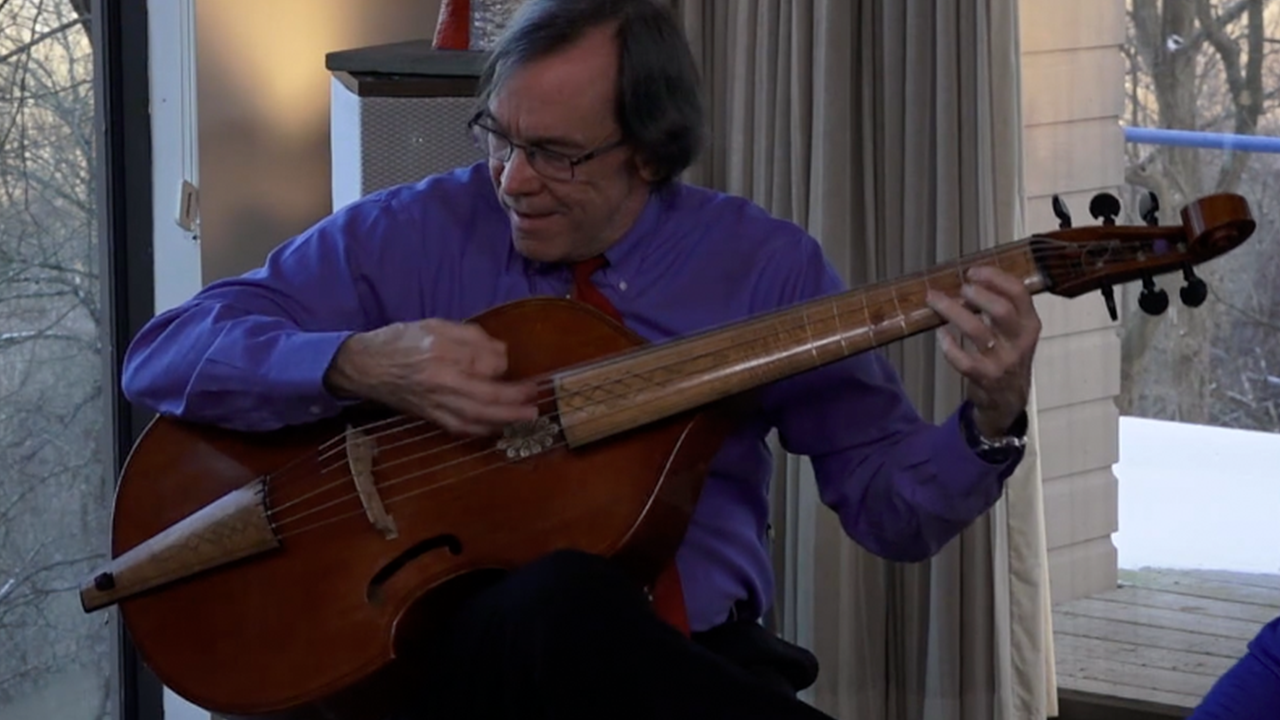
The Viola da Gamba
This stringed instrument first appeared in Europe in the late 15th century and became one of the most popular Renaissance, and subsequently Baroque instruments. It could be both bowed and plucked, and was placed vertically between one’s legs, as the modern Cello is played. Although it loosely resembled the Cello, it came in three sizes, and had many distinctions from its cousins – the Violin, Viola, and Cello. The Viol, or Gamba, as it was informally called, fell out of fashion during the late 18th century, when concerts for large audiences became popular. The Violin, Viola, and Cello were louder, and gained favor.
Reviews
A Review by Steve Allison, University of California, Irvine, California - Click here to read this review
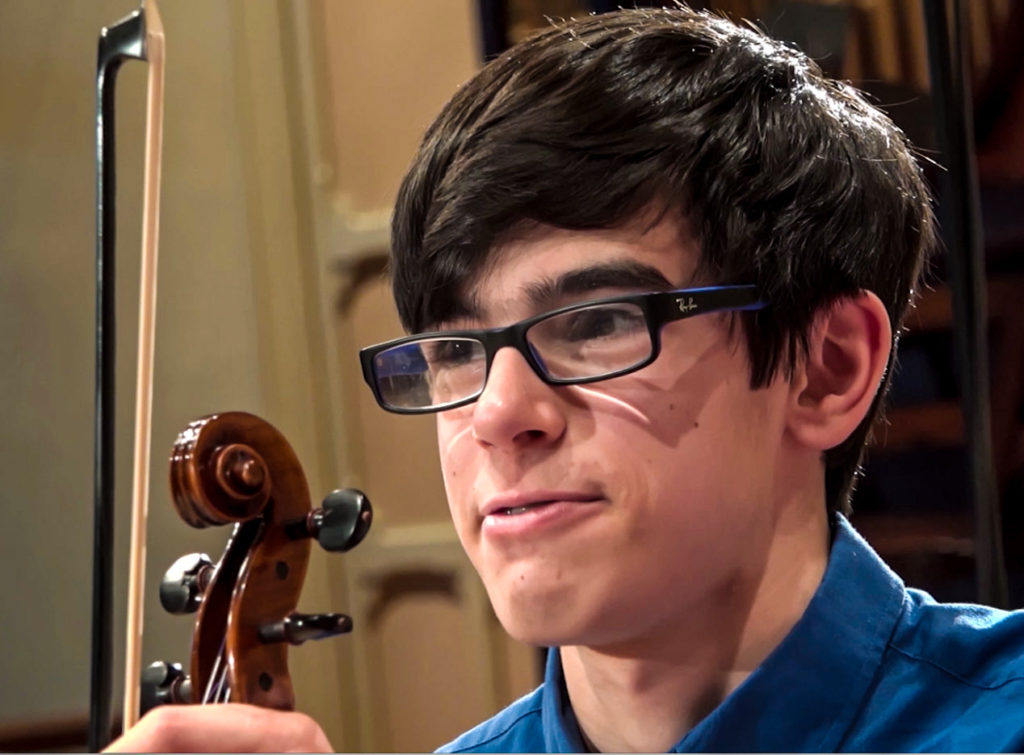 I think your whole series is wonderful! It really brings humanity to the music.
I think your whole series is wonderful! It really brings humanity to the music.
Music is not made in a vacuum, it’s made by people who live in a time and place and culture, and it was wonderful to see these musicians bring alive early music and instruments in the 21st century.
As an educator, I thought the students in “The Aha! Moment” were remarkably articulate and inspiring. For them, the music was a bridge across the centuries to a shared experience with young people during the Renaissance.
In “The Piffaro Sound” it was almost like the performers were musical archaeologists who resurrected the instruments to create a sound that doesn’t otherwise exist in modern times!
Most importantly, I think “Music is My Passion” shows the value of music, and music education, for all members of society whether you are an experienced musician or not. Well done!
Steve Allison
University of California, Irvine, California
A Review by Diana Cole, Parent, Brigantine, NJ - Click here to read this review
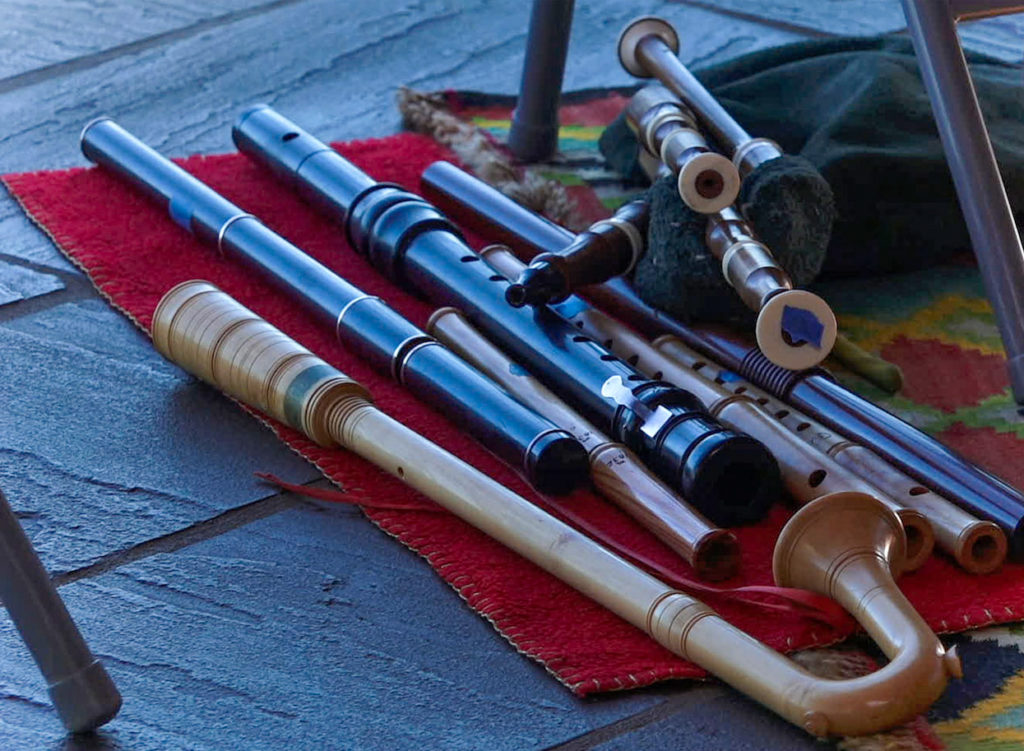 I enjoyed the entire 7 film program, but my favorite was “The Piffaro Sound”; the rarely-heard sounds of the ancient instruments are timeless and fascinating.
I enjoyed the entire 7 film program, but my favorite was “The Piffaro Sound”; the rarely-heard sounds of the ancient instruments are timeless and fascinating.
The musicians have re-energized the original renaissance music scores and played them on original period instruments. This makes the segment a unique experience for young audiences. It has also opened my eyes and ears to an aspect of music that I didn't know existed.
Watching this film will also inspire excitement in audiences of all ages.
Diana Cole
Parent
Brigantine, NJ
A Review by Mary Hoffman, Parent - Click here to read this review
 Watching Richard Savino’s remarkable musical talent during this rehearsal is a rare and illuminating experience.
Watching Richard Savino’s remarkable musical talent during this rehearsal is a rare and illuminating experience.
An inspiring documentary culminating in a performance by "El Mundo" that just took my breath away.
Thrilling singing and musicianship ……I want to see more!
Mary Hoffman
Parent
A Review by Steve Best, Lecturer in Music, Hamilton College, Clinton, New York - Click here to read this review
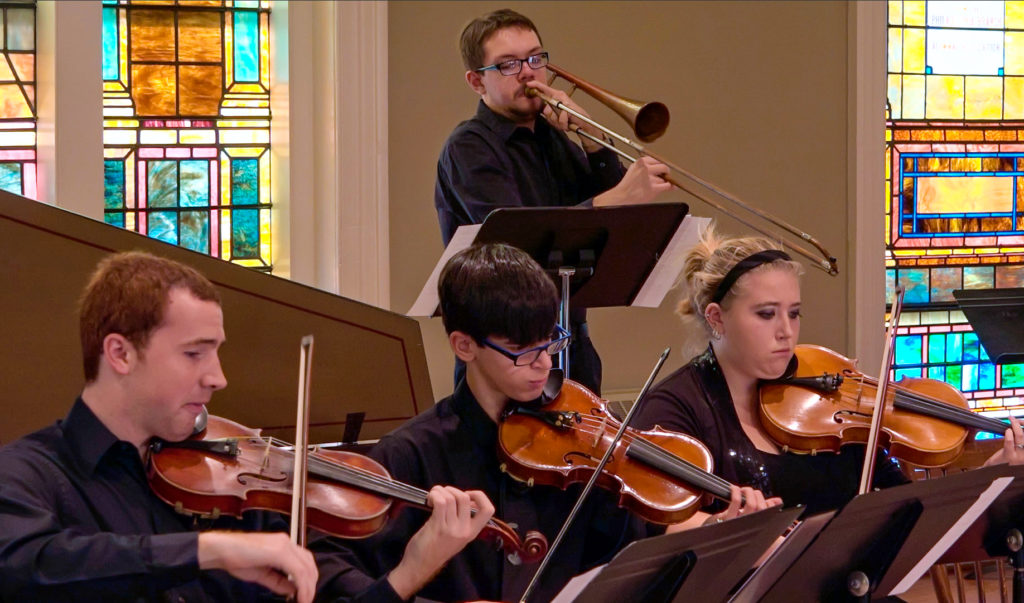 Bert Shapiro’s films have always spoken to me in magical ways. I’m a musician, but it’s not just his music-related videos that catch my attention: when Bert gets an idea, he is swept away by the possibilities, and his creativity goes in a thousand different directions until the project is finished. Somehow, he brings that to viewers like me, every time!
Bert Shapiro’s films have always spoken to me in magical ways. I’m a musician, but it’s not just his music-related videos that catch my attention: when Bert gets an idea, he is swept away by the possibilities, and his creativity goes in a thousand different directions until the project is finished. Somehow, he brings that to viewers like me, every time!
When I learned of Bert’s latest project, “Music Is My Passion,” I could hardly wait to see what he had created. Sure enough, Bert captured my imagination, and I sat glued to my computer monitor as I watched seven stories of remarkable musicians, united by their passionate desire to communicate through music — not just play music, but genuinely reach the hearts of listeners/participants in ways that can change lives.
Immediately I thought of my studio of classical organ students who range in age from 11 to 80 and in whom I always endeavor to instill ideals of passionate involvement. How wonderful it will be to share episodes from this video with each of them so that they may see and hear other musicians whose exuberance is even more extravagant than my own.
This video is clearly a winner! It deserves to be widely seen, discussed, enjoyed, and acted upon.
Steve Best
Lecturer in Music, Hamilton College, Clinton, New York
A Review by Helen Ragheb, Parent, Colorado - Click here to read this review
 Watching the inspiring Music is My Passion, I immediately had a renewed awareness of the beauty and joys of making music. The films also reminded me of the pleasures of collaboration and camaraderie that goes into performance.
Watching the inspiring Music is My Passion, I immediately had a renewed awareness of the beauty and joys of making music. The films also reminded me of the pleasures of collaboration and camaraderie that goes into performance.
Each of the seven short films creates an intimate dialogue between the musicians and the viewer. Their dedicated passion is caught by the camera as they perform and speak about their instruments and their ways of making their music.
In the choice of the many kinds of music presented, vocal as well as instrumental, I was not only privy to what is often called the language of music but reminded of how many languages there are.
We hear instruments - ancient, classic and newly minted - from humble flutes to a majestic church organ. We watch these musicians strive to present their best interpretations of traditional sounds or experiment with new ones. Elliott Sharp, the fascinating musical innovator in “The Sounds of Today”, is inventing new ways of pushing the boundaries with digital acoustics.
The musicians range from teenagers starting out to seasoned professionals. Much more than that, listening to the young students led me to think of the encouragement and continued support necessary to nurture their passions.
The aspiring young orchestral conductor in “The Aha! Moment” left no doubt in my mind that he will become what he dreams of if the resources are there for him. All the musicians were impressive and commanded my attention and admiration.
I was enthralled.
Helen Ragheb
Parent
Colorado
A Review by Ella Wilcox, Editor National Association for Music Education - Click here to read this review
 Those who learn to sing and play instruments—especially with each other—reap huge rewards that increase over time. The film series Music is My Passion, directed by Bert Shapiro, offers viewers a window on some of the real joys that result from being part of an ensemble.
Those who learn to sing and play instruments—especially with each other—reap huge rewards that increase over time. The film series Music is My Passion, directed by Bert Shapiro, offers viewers a window on some of the real joys that result from being part of an ensemble.
Early study can result in many benefits to students, but one can begin learning music at any point in life. Acquiring the skills of an attentive listener can offer unforeseen returns to both children and adults. I can think of no other investment that offers such lifelong rewards.
Studying music is like having one’s cake and eating it too, as those who are taught music and who participate in it often retain their learning throughout their lives. Even in later years, music brings pleasure in part because the brain stores sounds and song lyrics in remarkable ways.
The performers in Music is My Passion have an obvious and infectious love for what they do.
Middle school, high school, and college students would particularly benefit from seeing these amazing productions.
An opportunity not to be missed!
Ella Wilcox, Editor
National Association for Music Education
A Review by Peter R. Webster, Ph.D., University of Southern California, Los Angeles, CA - Click here to read this review
 Listening and watching! What a marvelous film collection on music making. Each segment was thrilling for me to watch, particularly “The Ahah! Moment” that focused on young students performing. Their enthusiasm was joyful to watch.
Listening and watching! What a marvelous film collection on music making. Each segment was thrilling for me to watch, particularly “The Ahah! Moment” that focused on young students performing. Their enthusiasm was joyful to watch.
Seeing the early music practice and performances in “The Piffaro Sound” and the “El Mundo” ensemble was a rare experience. The introduction to those instruments was wonderful; the Lute, the Crumhorn, the Rackett, the Sackbut and many more. An eye and ear opener.
The seven films cover a wide and interesting range, from a group enjoying their friendship performing and singing in a private home through to the experimental Elliott Sharp doing some really wonderful work around the world.
The joy and the personal creativity so powerfully expressed was contagious, made more effective and valuable by telling the stories as you have done, and also by showing the music itself and the passions of the people involved.
Peter R. Webster, Ph.D.
Scholar-in-Residence, Department of Music Teaching and Learning, Thornton School of Music.
University of Southern California. Los Angeles, CA
A Review by Dave Allison, Pompton Lakes, NJ - Click here to read this review
 I enjoyed the entire video, by my favorite part was the Piffaro. I just went back and watched it again! I have an affinity for double reed instruments, but the sounds of the ancient instruments are special. The combination of the tenor and bass bassoons was amazing. All of the double reed instruments have a wonderful sound that would be lost if it were not for groups like the one depicted in the video. I also love the sound of the recorders. Together with the double reed instruments, they combine to make a pure sound from the renaissance period.
I enjoyed the entire video, by my favorite part was the Piffaro. I just went back and watched it again! I have an affinity for double reed instruments, but the sounds of the ancient instruments are special. The combination of the tenor and bass bassoons was amazing. All of the double reed instruments have a wonderful sound that would be lost if it were not for groups like the one depicted in the video. I also love the sound of the recorders. Together with the double reed instruments, they combine to make a pure sound from the renaissance period.
The group has taken the time not only to research and learn about the instruments, learn to make reeds to fit each individual instrument. The fact that they have transposed original the renaissance music scores so they can be played on the original instrument makes the segment that much more special.
It has opened my eyes to a new aspect of music that I didn't know exists. Hopefully it will inspire excitement in others as well.
Dave Allison
Pompton Lakes, NJ
A Review by Cathy Block Solebury School, Music and Dance Department Head - Click here to read this review
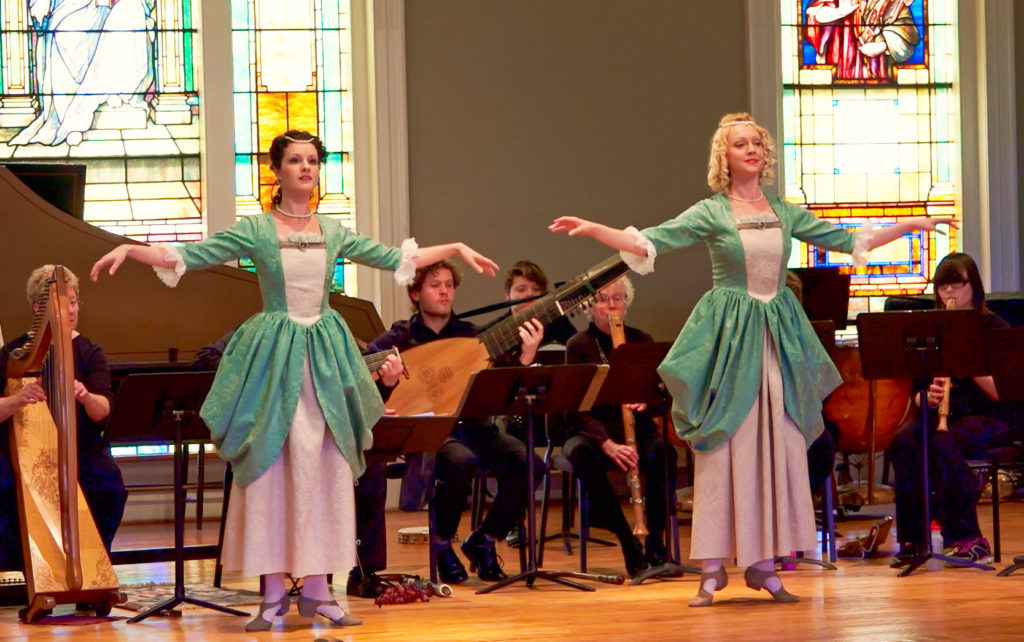 "Music is indeed my passion! And it was fun to spend an hour experiencing it with so many other passionate music makers and hearing their various voices - from early medieval instruments to the unique sounds of Elliot Sharp".
"Music is indeed my passion! And it was fun to spend an hour experiencing it with so many other passionate music makers and hearing their various voices - from early medieval instruments to the unique sounds of Elliot Sharp".
Cathy Block
Solebury School, Music and Dance Department Head
A Review by Mary Ada Poole Music School Professor, Converse College, Spartanburg, South Carolina - Click here to read this review
 "Music is My Passion” is an invaluable documentary that introduces music from the renaissance to the 21st century. Students, teachers and parents will find the seven short films inspiring and fun to watch. The filming, editing and the musicians are outstanding.
"Music is My Passion” is an invaluable documentary that introduces music from the renaissance to the 21st century. Students, teachers and parents will find the seven short films inspiring and fun to watch. The filming, editing and the musicians are outstanding.
Invaluable from kindergarten to college and beyond “Music is My Passion” should be included in every school library.
Professor Mary Ada Poole
Music School, Converse College
Spartanburg, South Carolina
A Review by Nalini Tranquim, Melbourne, Australia - Click here to read this review
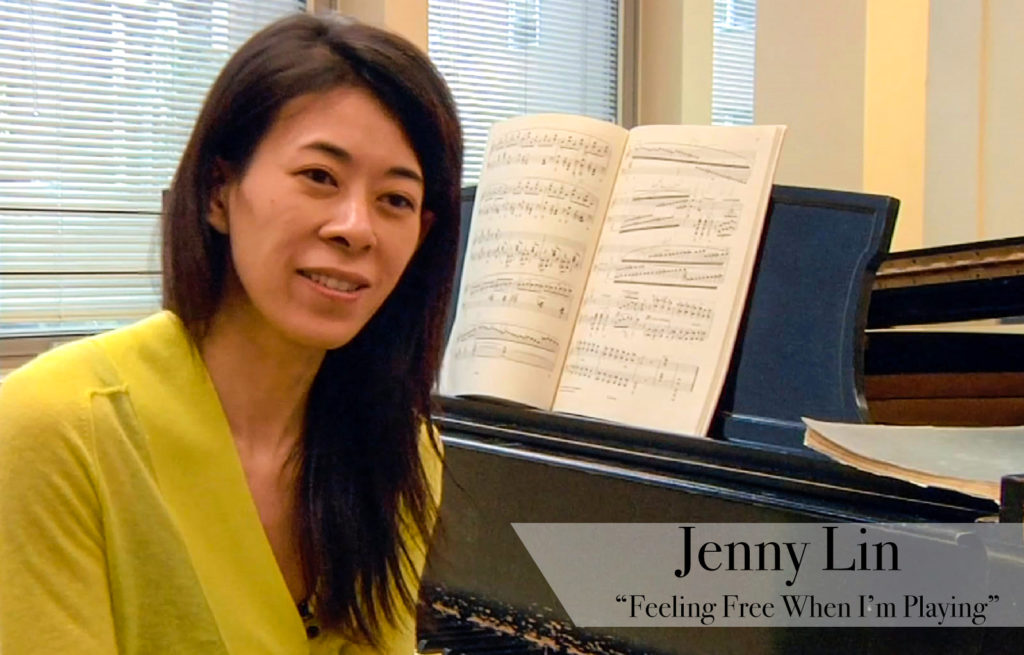 ‘Music Is My Passion’ will capture the heartbeat of every parent, teacher and mentor who has an appreciation for the lifelong value of seeing and hearing music played on both ancient and modern instruments.
‘Music Is My Passion’ will capture the heartbeat of every parent, teacher and mentor who has an appreciation for the lifelong value of seeing and hearing music played on both ancient and modern instruments.
What an invaluable journey, from viewing a group of friends joyfully playing rare instruments in the comfort of a home, to the exciting world of Elliott Sharp experimenting around the world with self-created sounds. Jenny Lin was my favourite, and her words “I love the feeling of being free when I’m playing” really resonated with me.
Parents, teachers and students need to experience this remarkable collection of seven films.
This will create joy in the hearts of the children in our world.
Nalini Tranquim
Parent
Melbourne, Australia
A Review by Nick Ravich, Director of Production, Art21 - Click here to read this review
 One of the strongest qualities of “The Thousand-Year-Old Fiddle” and the "Music is My Passion" series in general is the matter of fact presentation of instruments and musical traditions that are potentially very new to a lot of viewers. Director Shapiro resists exoticizing or over explaining. Instead, he takes his cue from the subject instrumentalists themselves, rightfully trusting their musicianship, pride and sheer joy to carry an audience along.
One of the strongest qualities of “The Thousand-Year-Old Fiddle” and the "Music is My Passion" series in general is the matter of fact presentation of instruments and musical traditions that are potentially very new to a lot of viewers. Director Shapiro resists exoticizing or over explaining. Instead, he takes his cue from the subject instrumentalists themselves, rightfully trusting their musicianship, pride and sheer joy to carry an audience along.
A Review by Hannah Young, Colorado - Click here to read this review
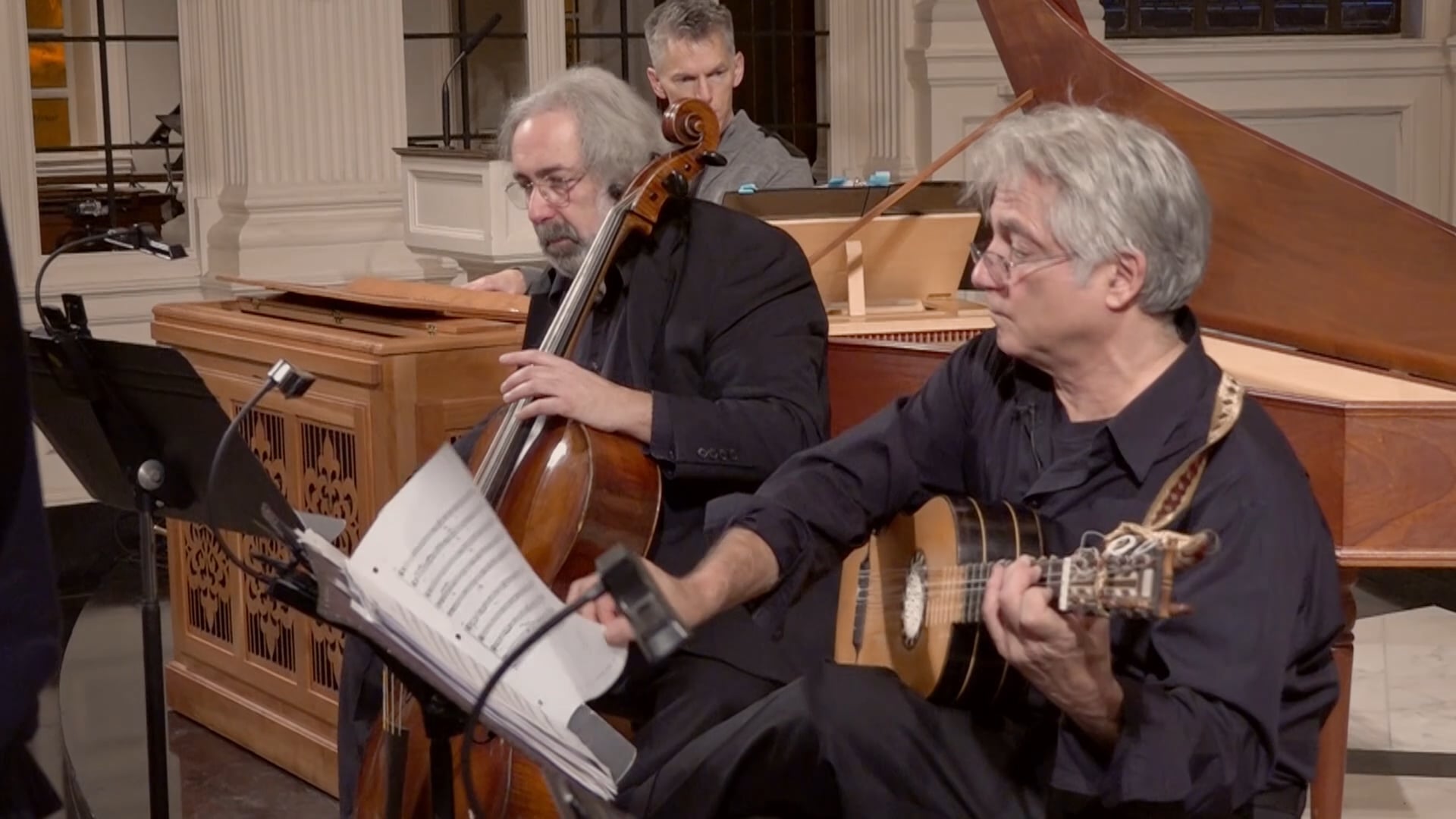
“El Mundo” the latest short documentary directed by Bert Shapiro, is a window into the delights of early music. The music of the 16 th and 17 th century is played by El Mundo, the wonderful chamber group led by Richard Savino, playing authentic early instruments.
The film begins with an informal and intimate look into the rehearsal and then the performance, enhanced by the lovely setting of the Corpus Christi Church in New York City.
The selected Spanish, Latin American and Italian pieces are lilting and lively and sung beautifully by the three female vocalists. Mr. Savino’s presentation has given the music a decidedly relatable modern feel, upon which he also elaborates in a conversation within the film. His eloquent words convey his extensive scholarship and his passion for the music. Mr. Savino’s thoughts and ideas on improvisation and a less strict adherence to rules make a winning argument.
“El Mundo” is a reminder of what is remembered, and often lost, by the selective quality of the guardians of our collective memory. It gives us a glimpse of what should be remembered and cherished.
The high quality of the filming and editing once again maintains the standards that Shapiro has set for his invaluable new documentary series “Music is My Passion”.
Recommended for all ages as a joyful introduction to early music and the sounds of rarely heard instruments.
Hannah Young
Colorado




